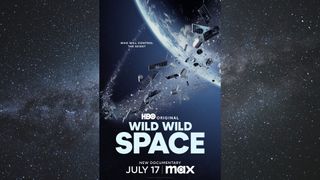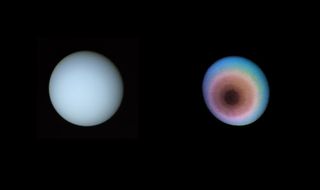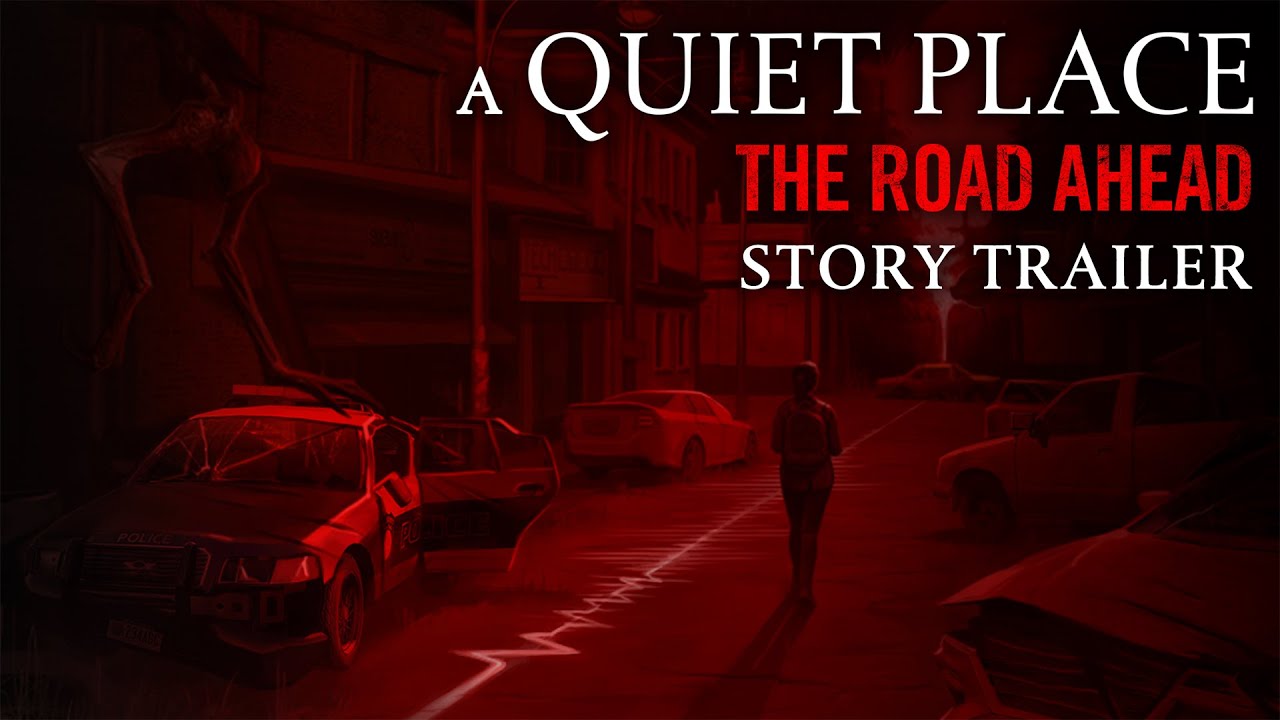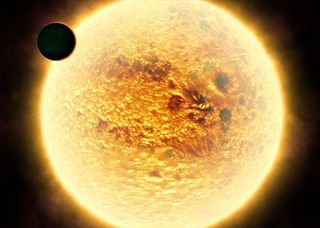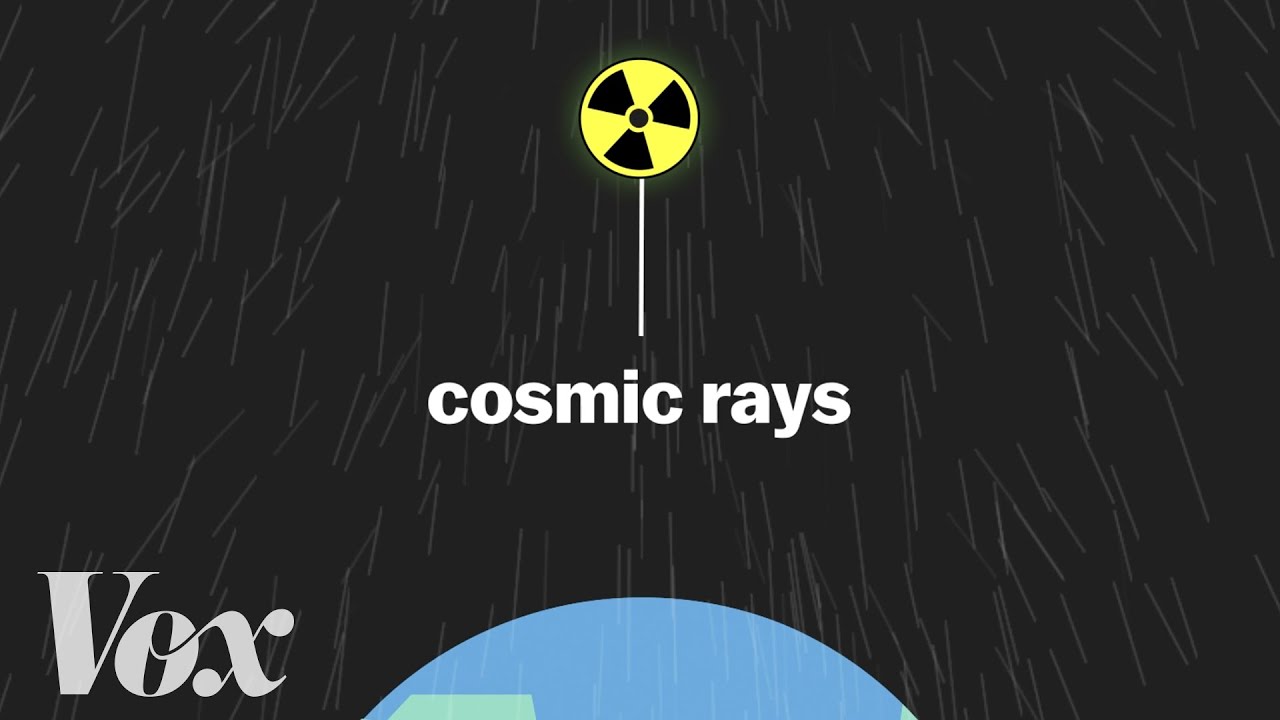May and June 2024 saw the highest sunspot numbers on the sun since 2002, but is the peak of the solar cycle here yet? The sun follows an 11-year solar cycle of increasing and decreasing activity. Although not the first astronomer to discover the solar cycle, the solar cycle numbering and naming convention was first introduced in 1852 by Swiss astronomer Johann Rudolf Wolf. Within his new solar cycle numbering system, he set the historic 1755-1766 solar cycle ‘Solar Cycle 1’. By the time of his work, the sun was…
Read MoreCategory: The Moon
Our moon
Hear the real stories behind the private space race in new documentary ‘Wild Wild Space’ (video)
Forget about those campfire yarns about the infamous land rushes of the Old West in the 19th century as it can’t hold a candle to the crazy, free-for-all stampede for positioning satellite megaconstellations in the erupting sectors of space infrastructure and aerospace firms’ desires for profit in the unfolding era of commercial exploitation. “Wild Wild Space” (a sly nod to the cult ’60s western spy series, “Wild Wild West”) is a new HBO Original documentary directed by Academy Award-winning filmmaker Ross Kauffman (“Born Into Brothels”) which premieres on HBO and…
Read MoreSpaceX launching direct-to-cell Starlink satellites from California tonight
SpaceX plans to launch 20 more of its Starlink satellites tonight (July 10), including 13 with direct-to-cell capabilities. A Falcon 9 rocket carrying the Starlink spacecraft is scheduled to lift off tonight from California’s Vandenberg Space Force Base, during a four-hour window that opens at 10 p.m. EDT (7 p.m. local California time; 0200 GMT on July 11). SpaceX will livestream the action via its X account; coverage will begin about 15 minutes before launch. The Falcon 9’s first stage will return to Earth tonight, if all goes according to…
Read More‘Traffic jams’ around Uranus could solve the mystery of its weak radiation belts
Scientists may have solved a lingering mystery surrounding the ice giant Uranus and its weak radiation belts. It’s possible the belts’ weakness is linked to the planet’s curiously tilted and lopsided magnetic field; the field could be causing “traffic jams” for particles whipping around the world. The mystery dates back to Voyager 2’s visit to Uranus in January 1986, far before the probe left the solar system in 2018. The spacecraft found that Uranus‘ magnetic field is asymmetric and tilted roughly 60° away from its spin axis. Additionally, Voyager 2…
Read MoreNew ‘A Quiet Place: The Road Ahead’ story trailer will leave you speechless (video)
A Quiet Place: The Road Ahead â Story Trailer – YouTube Watch On Florida-based publisher Saber Interactive knows a thing or two about fear factors, as its twisted wizards are the ones behind 2019’s “World War Z” zombie shooter and 2022’s “Evil Dead: The Game.” The company is also in the process of tightening down the gauntlet screws and oiling the alien-chewing chainswords for its “Warhammer 40K: Space Marine 2,” which will drop on Sept. 9, 2024. Not missing a beat, Saber has just released a fresh story teaser for…
Read MoreNOAA’s upcoming GeoXO satellites could be ‘weather-monitoring platform of the future’
For the second time in a row, Lockheed Martin will be at the forefront of the creation of National Oceanic and Atmospheric Administration (NOAA)’s next generation weather satellites. Last month, National Aeronautics and Space Administration (NASA) awarded the aerospace company a $2.27 billion contract to develop and manufacture spacecraft for the next generation of NOAA satellites that will follow the Geostationary Operational Environmental Satellite (GOES) series, Geostationary Extended Observations (GeoXO). The contract includes developing three initial spacecraft and will also allow the option for an additional four. Work on the…
Read MoreHurricane Beryl makes landfall as Category 1 hurricane along eastern Texas (video)
The strongest hurricane to occur this early in the year made landfall in Matagorda, Texas, early Monday morning (July 8) at a Category 1 level on the Saffir-Simpson Hurricane Wind Scale. At 4:00 a.m. local time, Hurricane Beryl roared inland with maximum sustained winds of 80 miles per hour (129 kilometers per hour), bringing with it a , dangerous rise in seawater level — up to seven feet (two meters) in some spots along the Gulf coastline in eastern Texas. The storm also brought “considerable” flash and urban flooding inland…
Read More‘Star Trek’ legend Jonathan Frakes to direct new series, ‘Arthur C. Clarke’s Venus Prime’
Filmmaker, author, producer and actor Jonathan Frakes is best known for his portrayal of Commander Will Riker in “Star Trek: The Next Generation,” a role he has also played in four “Star Trek” feature films with the acclaimed “TNG” cast. Outside of his co-starring roles in the final frontier, Riker is also an accomplished director, beginning with his dip into filmmaking on “The Next Generation” and continuing with his helming of 1996’s “Star Trek: First Contact” and 1998’s “Star Trek: Insurrection.” Along the way, he has transitioned back to episodic…
Read MoreExtreme ‘hot Jupiter’ exoplanet stinks like rotten eggs and has raging glass storms
Using the James Webb Space Telescope (JWST), astronomers have discovered that one of the closest “hot Jupiter” planets to Earth stinks like rotten eggs. The planet is already infamous for its deadly rains of glass, extreme temperatures, and 5,000 mph (8,046 kph) winds that blow sideways, but this discovery makes this world seem even less friendly. The eggy JWST conclusion results from the discovery of hydrogen sulfide, a molecule that gives off the stench of rotten eggs, in the atmosphere of this extrasolar planet or “exoplanet.” This could tell scientists…
Read MoreSpace radiation can damage satellites − my team discovered that a next-generation material could self-heal when exposed to cosmic rays
The space environment is harsh and full of extreme radiation. Scientists designing spacecraft and satellites need materials that can withstand these conditions. In a paper published in January 2024, my team of materials researchers demonstrated that a next-generation semiconductor material called metal-halide perovskite can actually recover and heal itself from radiation damage. Metal-halide perovskites are a class of materials discovered in 1839 that are found abundantly in Earth’s crust. They absorb sunlight and efficiently convert it into electricity, making them a potentially good fit for space-based solar panels that can…
Read More
